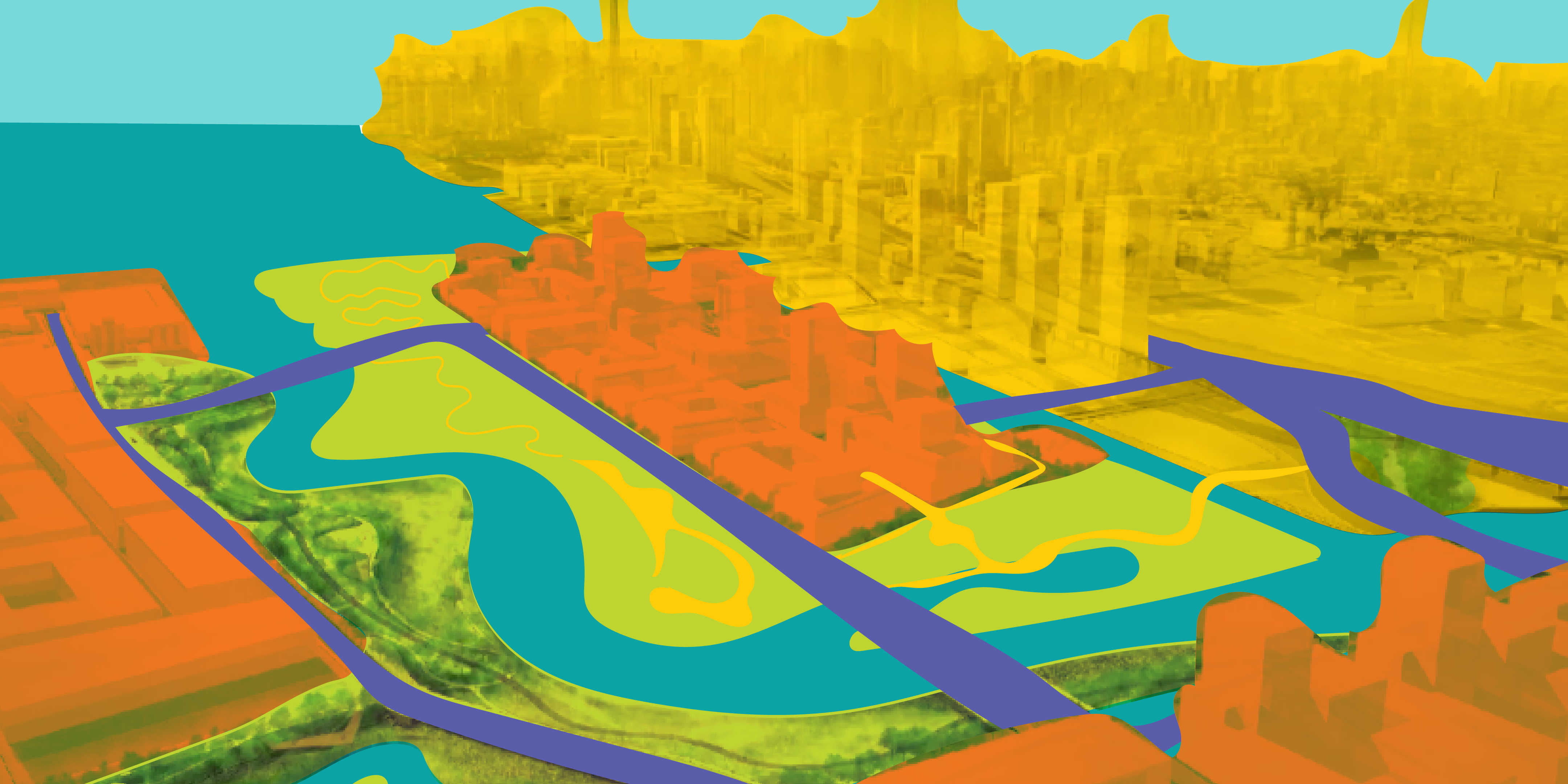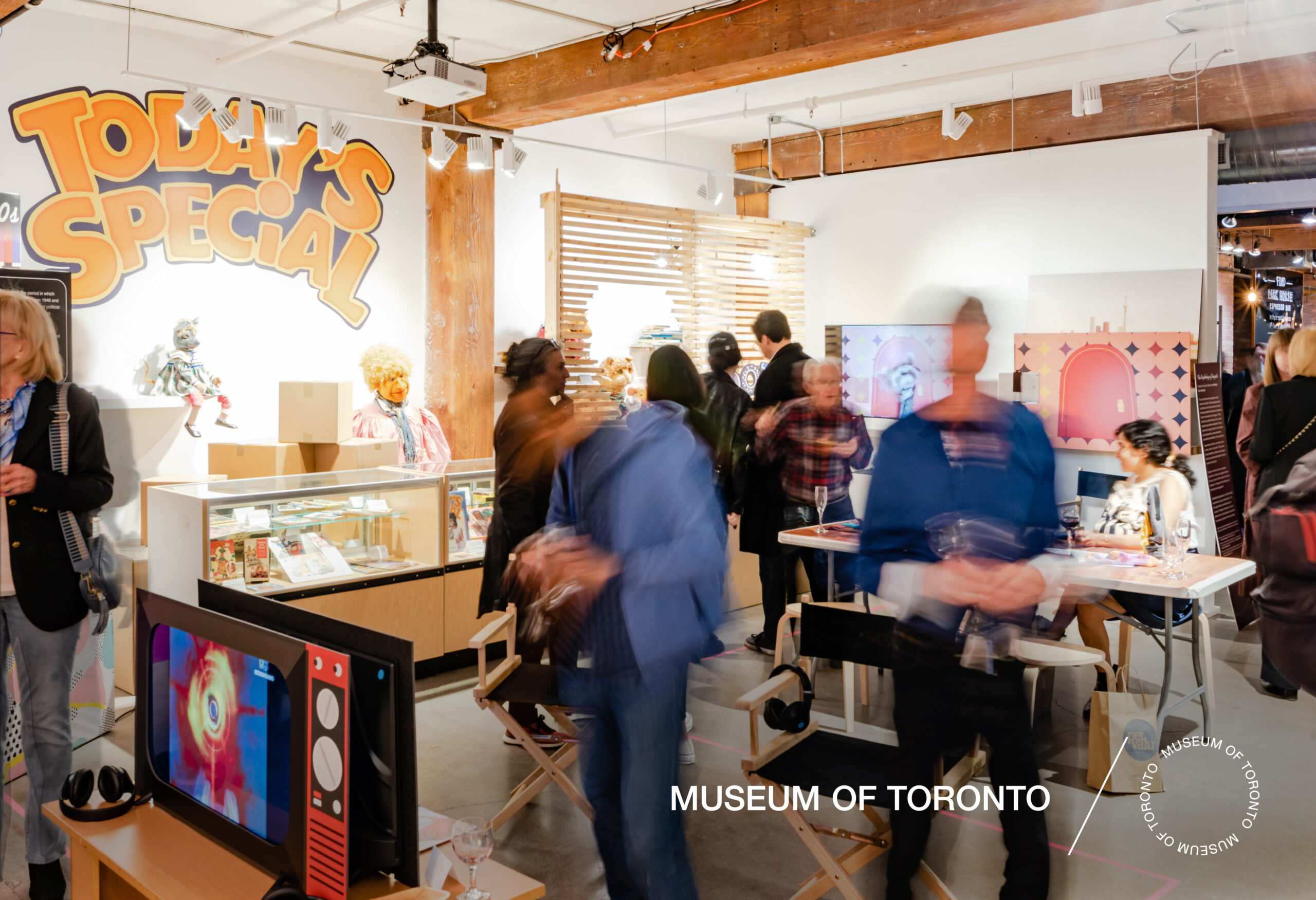Open Wednesday to Saturday, 12 p.m. to 6 p.m.
Black Military History of Niagara
We recently spoke with the Niagara Military Museum’s Jim and Kathy Doherty about the exhibit, and some of the stories and people we all should know.
The Niagara Military Museum has set out to re-frame Canada’s military history and honour servicemen and women whose heroism has been excluded from collective celebration. Their traveling exhibition, Black Military History of Niagara sets out to make sure that those who’ve been forgotten are finally given a name, face, and place.
We spoke with the Museum’s Jim and Kathy Doherty about the exhibition to learn about some of the stories and people that ought to be remembered.
Read the full interview below.
Please tell us about the Niagara Military Museum.
Jim Doherty:
The museum was incorporated way back in 2006. But we really didn’t get a location running until November of 2012. The building we’re in is a former armory that was decommissioned in 1999. And the city purchased it from the Department of National Offense for $2.
I think it was Mayor Wayne Thompson at the time actually took a Toonie out of his pocket and flipped it over to the then city administrator and told them to take use that toonie to buy the building. So, we actually rent this building from the city. Right at the moment, it’s at a nominal cost. And then the city also helps us out with all of the utilities, capital, repairs and things like that. Okay. So that’s kind of the background.
How did the “Black Military History of Niagara” exhibit come to be?
Jim Doherty:
Have you ever heard of (late Historian) Wilma Morrison? Wilma knew that we existed and we’d known about her, but we’d never really talked much at all. Because we really hadn’t thought much about Black history. I think it was late October, early November of last year when she came down to our Museum and asked if we ever thought of doing the military history of Black Canadians.
We knew about Richard Pierpoint and the Coloured Corps, Queenston Heights, and things like that. But actually, other than that, we really didn’t know very much at all.

Newspaper clipping of Douglas M. johnson
So along comes Wilma talking about Black history. And we say to ourselves, “Gee, I didn’t know there was that much. I didn’t know there was any!” So we started working on it…Wilma’s kind of our inspiration. And she also connected us with our first resource because actually, when we started (building the exhibit), all we had was one little newspaper article about a Johnson who was wounded in Italy. You know what the BME (British Methodist Episcopal) churches are? Those are the network of Black churches here in Canada that freedom seekers started, that and the Baptist churches. So we went to visit the BME Church here in Niagara Falls. It’s the Nathaniel Dett Chapel. And with Wilma and Pastor Lois Dix, there’s actually a small exhibit of Black soldiers all the way from the Civil War right up to current. So those were our first… What would you say?
Kathy Doherty:
Names and pictures.
Jim Doherty:
Yeah, names and pictures. And then we started to make contact with families and that’s where everything blossomed. Because the families have been here, some of them for 200 years. Since way back around say, before the War of 1812, after the Revolutionary war. And it’s all connected to the underground railroad. Okay. And the underground railroad stretched, it went across at Fort Erie, at Detroit-Windsor, and here at Niagara. And it went all the way up to Owen Sound. So there were black families and black communities all over Southwestern Ontario.
So, when we started strictly looking at Niagara, all of a sudden we found that there were all these relationships and connections. So actually, our Black military history of Niagara actually includes all of Southwestern Ontario. And we started finding out things that are just amazing.
Are there any specific stories of people in the Exhibit you can share?
Jim Doherty:

A black and white photograph of James Grant
I got to be careful talking about him because I get all upset… Okay. James Grant who was 18, 19 when he enlisted. It was a local lawyer who was the commanding officer of that part of the artillery, that battery, Major Lancaster (the commanding officer) brought him into his unit…. And so he went to France, served in the artillery and was the first Black Canadian soldier to win a medal for gallantry.
Have you heard of the battle of Passchendaele? It was simply a bloodbath and that’s where he won his medal and we have his actual citation, like the reason why they gave it (the medal) to them, but that’s only one of the things that he did during that battle to show extreme bravery under fire. His rank was “Driver.” Now, he wasn’t driving an Uber or anything like that. As a driver, he wasn’t firing the gun, but what he would be doing is he would be handling the horses and the ammunition as a driver.
Now, the term driver’s a bit of a misnomer because in the artillery, the drivers actually rode the horses. So if there’s six horses, three pairs of two, each pair has a rider called a Driver. So on a number of occasions he, through extremely intense German artillery fire, either brought a big gun forward to replace that one had to be damaged or twice he brought forward ammunition to his gun because it needed it. And when he brought the ammunition toward traffic control, because of the intense German artillery, had already closed the road. In spite of that, he made two trips to bring ammunition forward. And that’s where he got his military medal. And we’re shocked that he’s not a household name in Canada.
Kathy Doherty:

Source: Niagara Military Museum
Newspaper clipping of Douglas M. johnson
The amazing thing about James Grant being the first Black Canadian to get a military medal is that you can’t Google him. He’s not known. There’s no school named after him. We don’t have a park or a statue. And so he’s one of the motivating factors why we’re trying to get this information out there. We think everybody should know his name and it’s just non-existent. And especially that he was at Vimy Ridge, which we claim is Canada’s defining moment in history.
It’s the one we all relate to. We talk about our shared history, but you if don’t have an example and you’re not looking at the face of this remarkable hero, how do you share in that history? We need his name and his face out there so under-represented groups can look at him and say, “I identify with him. We were there. We played an important role. Here’s a Black man who was there. He saved countless numbers of lives. He was a hero. He was recognized.” Why don’t we share that? Why don’t we know his name? And as we moved on, we found others. So for instance, locally, we had Limey Hogan sign up. Here’s a 20 year old lad, he joined the Canadian Air Force at a time when they really were not accepting Blacks. He became a pilot. He became a Spitfire pilot, which is pretty amazing.
But if that isn’t amazing enough, there’s record of him flying in formation over Dieppe with none other than British flying ace, Johnny Johnson, already a remarkably impressive thing for a 20-year-old hometown boy. He went on, he was a drafter out of high school and he was working on a navigational tool used in the Navy. He was trying to modify this to go in cockpits of planes. And his drawings were so remarkable, apparently the Air Ministry had been working on this for a decade, they were so impressed that they thought his services would be better served if they pulled him out of the cockpit and put him on design working on this instrument. He never got to reach his potential because on an escort mission-
Jim Doherty:
His last.
Kathy Doherty:
… they flew over the English channel. They got a bad weather report and he encountered strong headwinds and, consequently, they ran out of fuel and his plane dived in the English channel. So he was only 20 years old. I’m sure we would have seen remarkable things of this young man, but if we don’t know who he is, and we don’t recognize him, who will? It’s our job to tell his story and make it be known. And the amazing thing about this project was his story is not unique. There are a lot of amazing Black soldiers with truly inspirational stories.
Are there any Toronto specific Black Military Histories?

Source: Niagara Military Museum
Newspaper clipping of Charlie Waterman
Kathy Doherty:
You have Charles Watermen. He was originally from the British West Indies. Watermen became Canada’s first Black paratrooper- Canada’s first Black paratrooper. And so he shipped off and trained right in Britain and was off. And behind him, there were three more locals who became paratroopers. They trained in Shilo, Manitoba.
What do you ultimately want this exhibit to achieve?
Kathy Doherty:
We want some momentum. We want these people recognized. We want their service recognized. We don’t want anymore for people to say, “This is our shared history,” when the reality is, nothing’s shared. We don’t know a lot of these people who’ve played important roles in our history. And this will give us a chance to spread the word, have the service told.
I mean, there’s a number of very prominent black people in our community. Lincoln Alexander for instance, is a fine example. Everyone knows, they recognize his name. Kids can Google it and they’ll find information. I chose people which, in my opinion, are equally as inspiring but you won’t find them. It’s time. Let’s get their names and their stories out there.
_______________________
Remembrance Day is a time where we take a collective pause to honour the servicemen and women who risked their lives to serve our country. While some stories of gallantry are remembered and celebrated through the ink in textbooks and etchings on monuments, there are many more that are overdue to be brought into the light.
Click here to learn more about the Niagara Military museum, the “Black Military History of Niagara” exhibit, as well as the stories of so many incredible heroes through this comprehensive resource book.
Explore More
There are vibrant hues hiding in unexpected places around the
A Taste of Beekeeping in Toronto
Learn about urban beekeeping, the city's honeybee population, and partake
Share this Article
Explore More
Content
Urban Colour & Natural Dyes Workshop
There are vibrant hues hiding in unexpected places around the city! Learn the art of creating dyes with the Contemporary Textile Studio Co-Op
A Taste of Beekeeping in Toronto
Learn about urban beekeeping, the city's honeybee population, and partake in a honey tasting!
Conversations on Toronto’s Don River Redevelopment
What is the future of Toronto's iconic Don River?
Mushrooming, Foraging & Native Pollinator Gardens in Toronto
Uncover how Toronto's unique world of plants and mushrooms is right at your fingertips
Untold Stories of Toronto’s Waterfront: A Talk with Author M. Jane Fairburn
A unique talk that invites you to rediscover the past, present and future of life along Toronto's waterfront.
Urban Forest Bathing: A Guided Meditation Session
Come downtown to discover nature blooming through the concrete! Join us for an urban forest bathing experience.
Myseum of Toronto Changes Its Name to ‘Museum of Toronto’
Myseum of Toronto Changes Its Name to ‘Museum of Toronto’ The Museum of Toronto is Toronto’s City Museum Toronto, ON (April 2, 2024) Today, Myseum of Toronto announced it will
Protected: TGW Preview
There is no excerpt because this is a protected post.
Press Releases and Media
Press Releases and Media Museum of Toronto Recent Press Releases Find Usin the News
PAT Market: A Torontonian Grocer and Koreatown Staple
As a landmark independent grocery store, PAT continues to bring Torontonians together over a love for food and a commitment to serve their local community.










